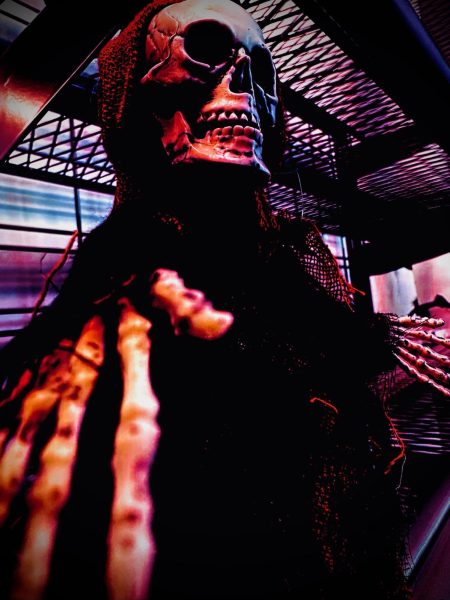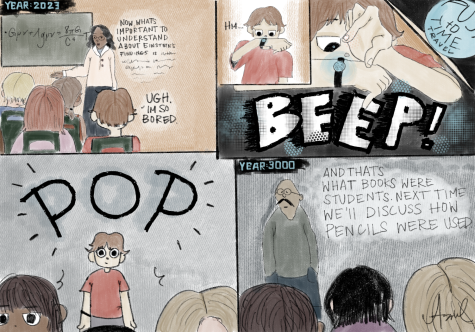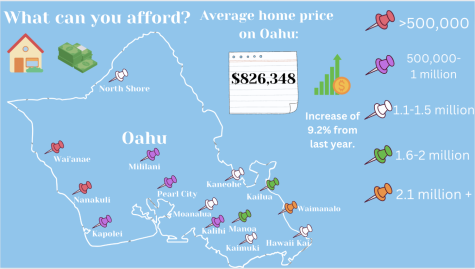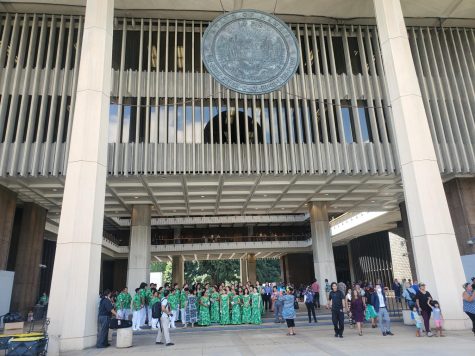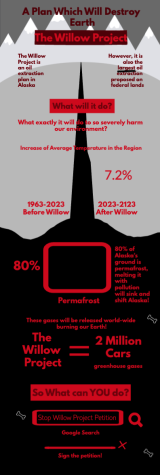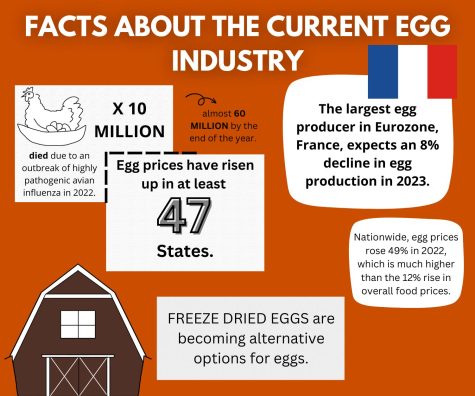Wildfires on Oahu: A Review
While historic wildfires continue to scorch their way across the West Coast, Oahu entered a period of fire flare-ups. While no official fire season exists in Hawaii, late-September and October are the months most prone to wildfires in the Aloha State.
Already, the two-week period between Sept. 13 – Sept. 26 saw two large brush fires burn in the Honolulu area alone: one on Waialae Nui Ridge on Sept. 18 and the other on Wa’ahila Ridge on Sept. 24.
The causes of the fires are under investigation, but a large amount of dry grass and shrubbery on both ridges undoubtedly contributed to the scale and spread of those fires.
These factors underlie more significant problems at play which encourage fire action on Oahu. The immediate problem is an abundance of extremely dry tinder, such as grass and shrubbery fields, a result of land mismanagement and invasive species. The dryness of these starters is brought about by drought and low humidity.
However, the most pressing matter is climate change, the common denominator for wildfires burning in both Hawaii and the mainland.
Though humans start up to 95% of wildfires in Hawaii, climate change ultimately makes starting wildfires easier, fires more frequent, and fueling fires simpler.
And while the relatively small size of the islands does make fires considerably easier to attend to, the damage they incur should they spark are nevertheless detrimental.
In the short term, wildfires on the island result in the release of aerial pollutants/particles, property damage, and on occasion, loss of life. The longer-term effects are much harder to address. Such long-term effects range from soil erosion, damage to native ecosystems, and even impaired natural aquifer replenishment.
It is imperative to reduce the effects of wildfires, which is best achieved by reducing wildfires altogether. Though climate change is a global issue that Hawaii alone cannot solve, we can take preventative actions to mitigate the severity of immediate causes. Thus, fire management has an increasingly important role in supporting life in Oahu.
Large-scale fire management revolves around prevention and precaution. This is especially true in national forests and other wilderness areas. Debris, brush, and other flammables on the ground are cleared out or thinned, followed by a prescribed burn; by removing volatile sources of kindling and tinder, the chances of fires sparking are significantly reduced.
The same principles apply to smaller-scale fires, such as those for cooking or camping purposes. During dry seasons, do not use incendiary or sparking devices. Also, we must clear brush and other flammable materials from the area before starting fires.
Overall, Hawaii needs to respond more proactively to the growing threats of wildfires. The conditions that enable this phenomenon to occur so readily are already prevalent, and the state shouldn’t have to bend to accommodate them at risk of further damage.
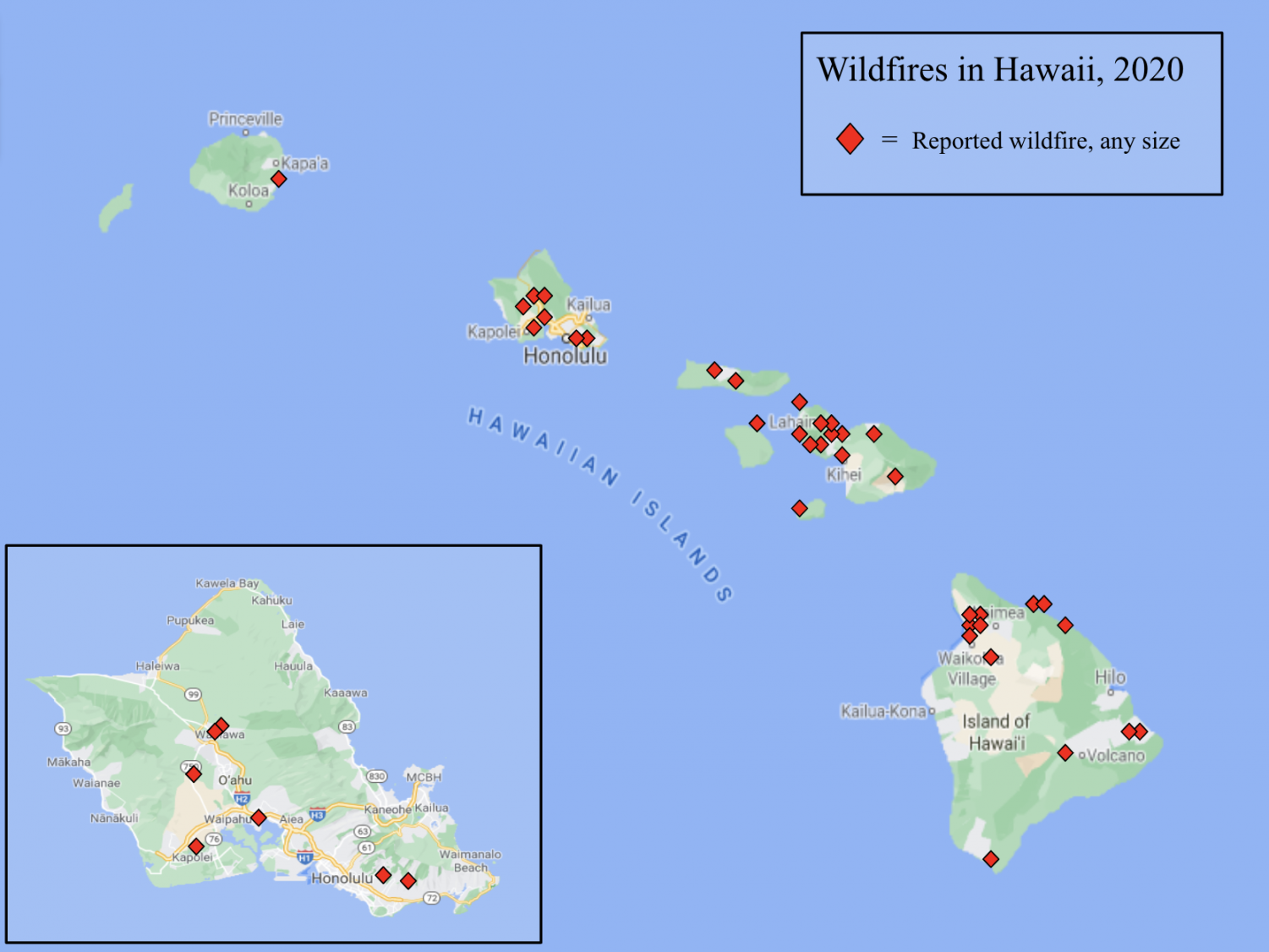
Sources for infographic:
- Pearl City and Leeward Oahu Fires
- Waahila Ridge Fire
- Waialae Nui Ridge Fire
- Wahiawa Fire
- Schofield Barracks Fire
- Kunia Fires
- Lihue Airport Fire
- Moloka’i Fire 1
- Moloka’i Fire 2
- Lanai Fire
- Kahoolawe Fire
- Maui Fire 1
- Maui Fire 2
- Maui Fire 3
- Maui Fire 4
- Maui Fire 5
- Maui Fire 6
- Maui Fire 7
- Maui Fire 8
- Maui Fire 9
- Maui Fire 10
- Hawaii Island Fire 1
- Hawaii Island Fire 2
- Hawaii Island Fire 3
- Hawaii Island Fire 4
- Hawaii Island Fire 5
- Hawaii Island Fire 6
- Hawaii Island Fire 7
- Hawaii Island Fire 8
- Hawaii Island Fire 9
- Hawaii Island Fire 10
- Hawaii Island Fire 11
- Hawaii Island Fire 12
- Hawaii Island Fire 13

Virgil Lin is a senior and fourth-year Newswriting student at Kalani High School. He plans to study international relations at university and commission...



